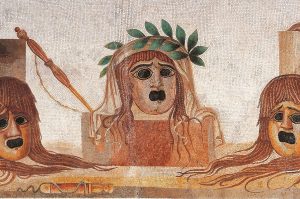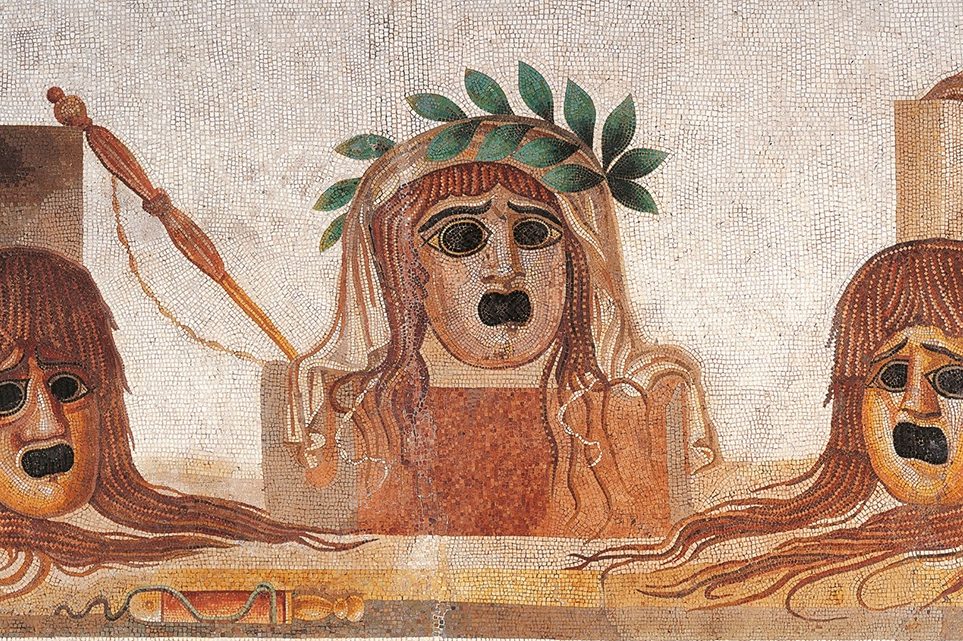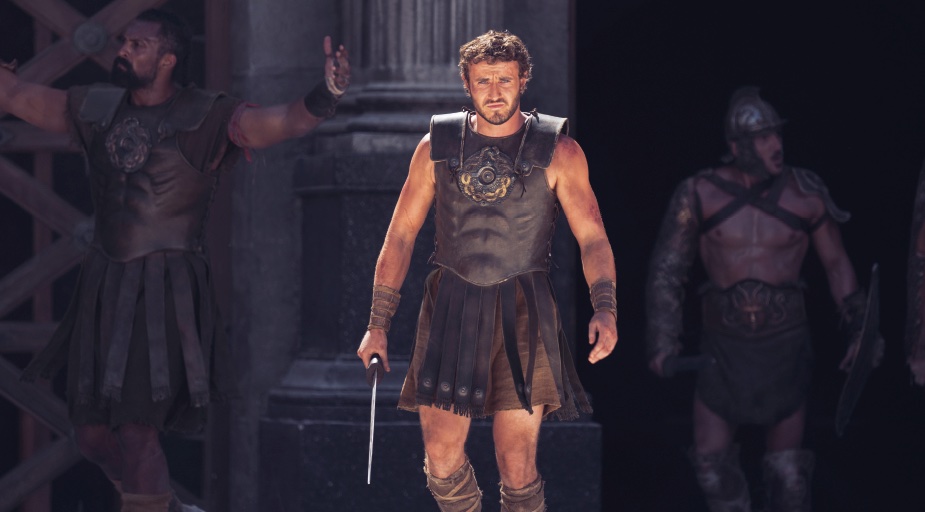The biggest cruise ship yet built has just been launched, but in like-for-like terms, it comes nowhere near the Syracusia, built c. 240 BC on the orders of the Sicilian tyrant Hiero II. A small ancient Greek freighter might be about forty-five feet long, a trireme 120, a large merchantman 130. The Syracusia was nearly three times longer, constructed out of enough material to build sixty triremes.
It had three floors. The lowest contained the cargo. On the second were the thirty cabins, covered in multicolored mosaics telling the story of Homer’s Iliad. The cooks’ galley came complete with a seawater fish-tank, with a 20,000-gallon freshwater cistern in the bow. The top level featured a gymnasium, promenades, gardens of ivy, grapevines, lilies and other plants, all watered, and a shrine to Aphrodite, paved with agate; its walls were paneled with cypress, ivory and cedar. Next to that was a library, and a bathroom with three bronze tubs and a fifty-gallon washstand. Archimedes, it is said, invented the windlass in order to launch the ship, designed its bilge-pump and (among many other defensive armaments on its three huge turrets) a catapult which could throw javelins and stones weighing nearly 200 pounds.
But it certainly was not designed for cruising. Greeks were not stupid enough to want vacations on unpredictable seas. It was a cargo ship, carrying (on one calculation) 1,500 tons of wheat, 400 tons of salt fish, 403 tons of wool and 403 tons of other merchandise. But unhappily for Hiero, it was far too big for any harbor, so he renamed it Alexandris (“Lady Alexandria”) and donated it to his friend Ptolemy III, the Egyptian pharaoh. There it sailed — never to be heard of again.
Perhaps inspired by this, the Roman emperor Caligula (d. AD 41) built two luxuriously equipped barges for cruising (and, presumably, orgies) on Lake Nemi, both roughly 240 feet by seventy, with superstructures. They did not survive his reign. They were recovered in 1932 when the lake was drained but were destroyed by fire in World War Two.
Fabulous — or follies? The ancients, too, debated the question.
This article was originally published in The Spectator’s July 2022 World edition.

























